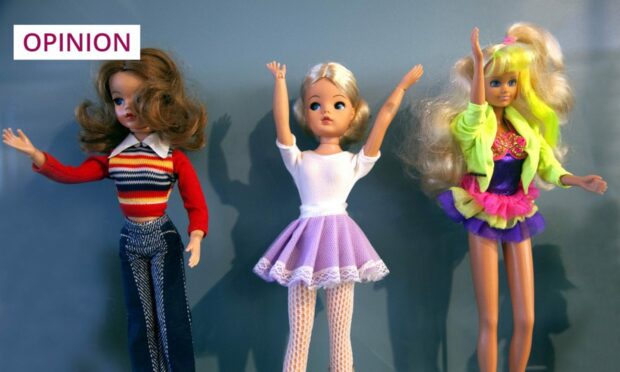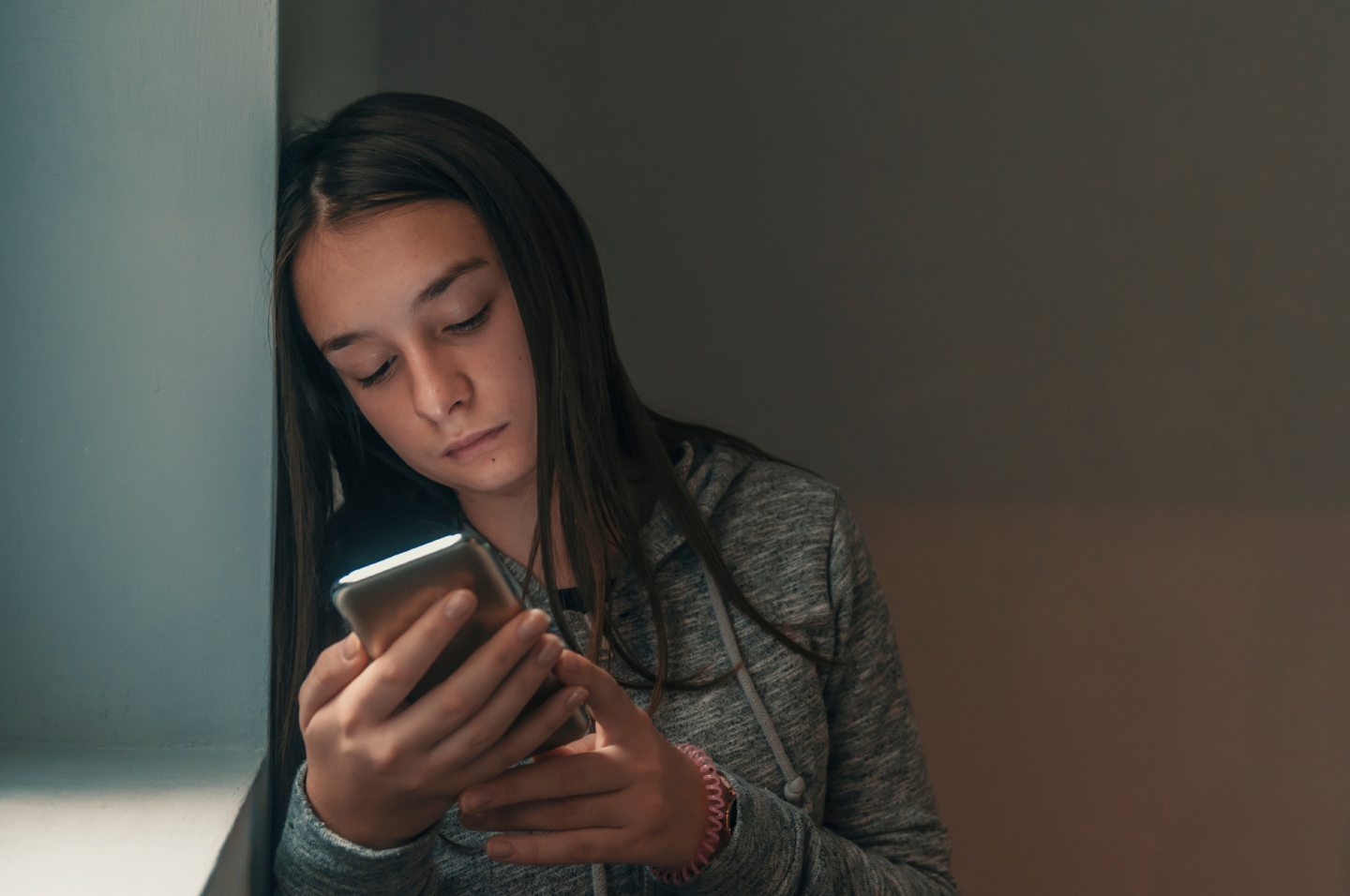When I was a child, every Christmas, my mother and her glamorous sisters would have a get-together.
The husbands came too, and sometimes there were different husbands. One year, an uncle I’d barely met gave me a Sindy doll. This uncle immediately went to the top of my list of favourite relatives.
For those of you too young to remember, Sindy and Barbie were rivals in the fashion doll world, the equivalent of Pepsi and Coke. It was my first Sindy doll, and it opened up a whole world of aspirational living.
Like Barbie, Sindy was gorgeous. She had shiny, long, blonde hair, sexy clothes, sports cars, horses and even her own mansion, which was too big to fit into most little girls’ bedrooms. She also had an amazing figure: the perfect package of slender, tall and curvy. My parents were happy for me to play with her, and my dad even built me a stable for the Sindy horse I quickly acquired.
Now, as a society, we look more closely at the messages Sindy and Barbie send our children. In Greta Gerwig’s new blockbuster movie, even the makers of Barbie, Mattel, poke fun at some questionable dolls released over the years.
The problem in the early days was that the whole Barbie/Sindy package represented a world in which girls aspired to be models or mothers rather than lawyers or politicians, and were size zero rather than size 16.

My teenage body did not follow that script. By the start of secondary school, I was a busty size 14. In the real world, I was taller than all the Kens, and my height came with the curse of big, size eight feet in a world where fashionable shoes were only stocked to size seven.
It was the era of the anorexic fashion model who could wear spaghetti straps whilst I desperately tried to be androgynous with minimiser bras. I concluded that depriving my body of food wouldn’t shrink my feet or slim my hips. I felt doomed to baggy shirts and sensible shoes, unlike the beautiful Sindy.
We’ve come far, but not far enough
Forty years since I played with my doll, surely we have learned a few lessons? Barbies now come in a slightly wider variety of body shapes and skin colours, and with outfits which represent more aspirational careers.
On the rare occasion that I read a fashion magazine, I am pleased to see more realistic bodies. Adverts on TV reflect a world in which larger women of colour exist, although we still hardly ever see models with disabilities.
But, when I see the online platforms my teenager uses, I wonder how much we’ve moved on. As the name suggests, influencers seem to have the biggest impact on young people, and generally present a perfect world in which everything is beautiful and nothing goes wrong.
This includes those who’ve had cosmetic or gender reassignment surgeries. We see the results, never the journey. I’m not opposed to surgical solutions in the right circumstances, but young people full of teenage angst about their bodies need to have a more rounded understanding of the pain and risk involved.
I had a change of heart about my own body
However, having raised a son who went through a phase of loving Barbies and everything pink, I concluded that the relationship between nature and nurture is a complex one.
A friend of mine tried to protect her children from unhealthy influences. Toys and games were vetted to make sure they didn’t reinforce gender stereotypes. All that happened was that her daughter headed straight for the box of Barbies whenever she came to play at our house. I think my friend eventually gave in.
And my son tells me that, although online role-playing games like Livetopia in Roblox have aspirational career options like judge or business person, his friends usually choose to be a manicurist, barista or to work in a shop. (He chooses to work in an office in the game, but he’s always been slightly fascinated by the concept of a “meeting”.)
Even I have to admit, it was lovely to relive my youth and plait Barbie’s perfect hair again as a parent.
As for my body, I gradually had a change of heart about it. With only minimal effort from me, it stay a size 14 whilst many of my friends’ bodies weren’t so obliging. It also helped that the high street caught up and increased shoe and hip sizes, allowing me to wear more of the latest fashions. I realised that size 14 was healthy and normal.
And, unlike 1970s Barbie, I was determined to have a career in media and communications, which I achieved. But I still feel self conscious in high heels, and I still do sit-ups, because what girl doesn’t want Barbie’s abs?
Some influences are hard to shake, and perhaps that’s why the new Barbie movie is a guilty pleasure some of us can’t resist.
Eleanor Bradford is a former BBC Scotland health correspondent and now works in communications


